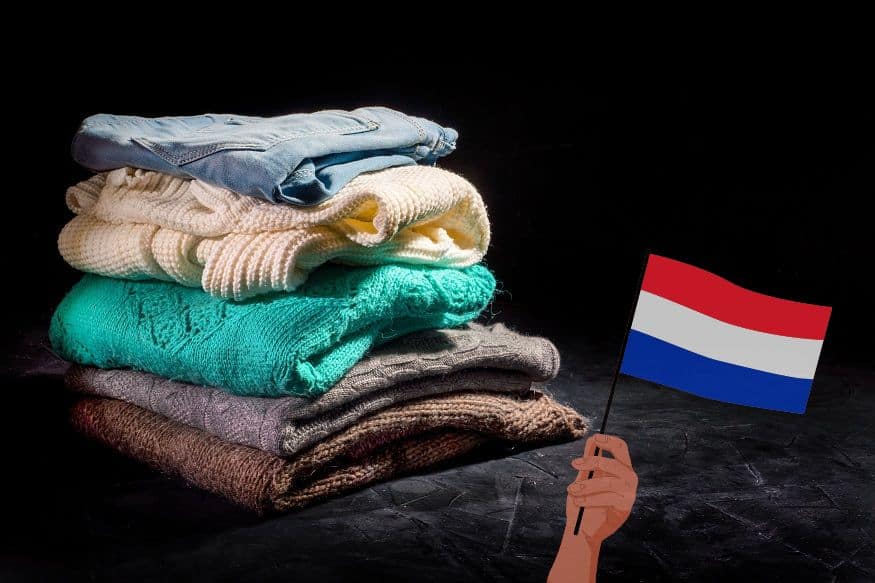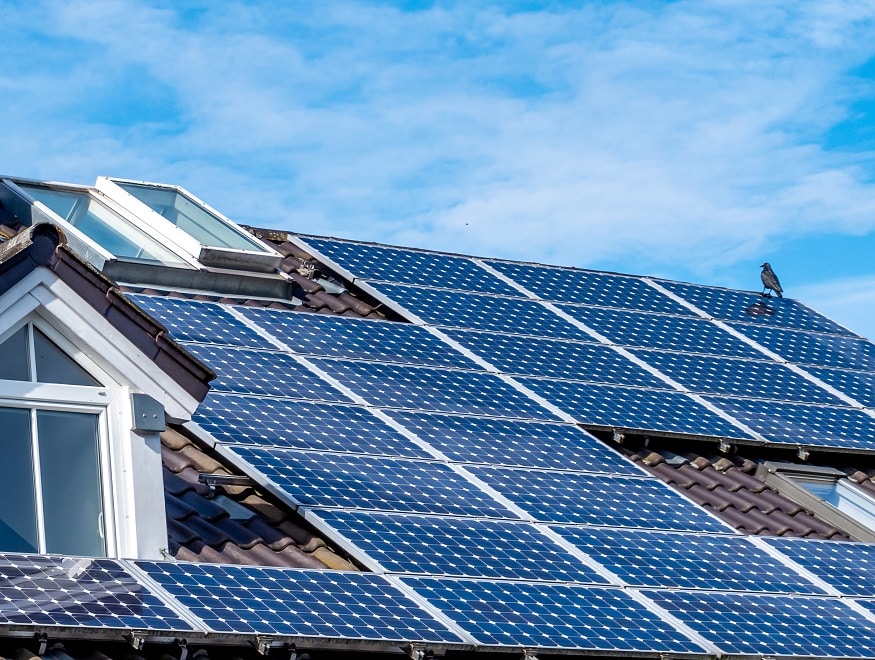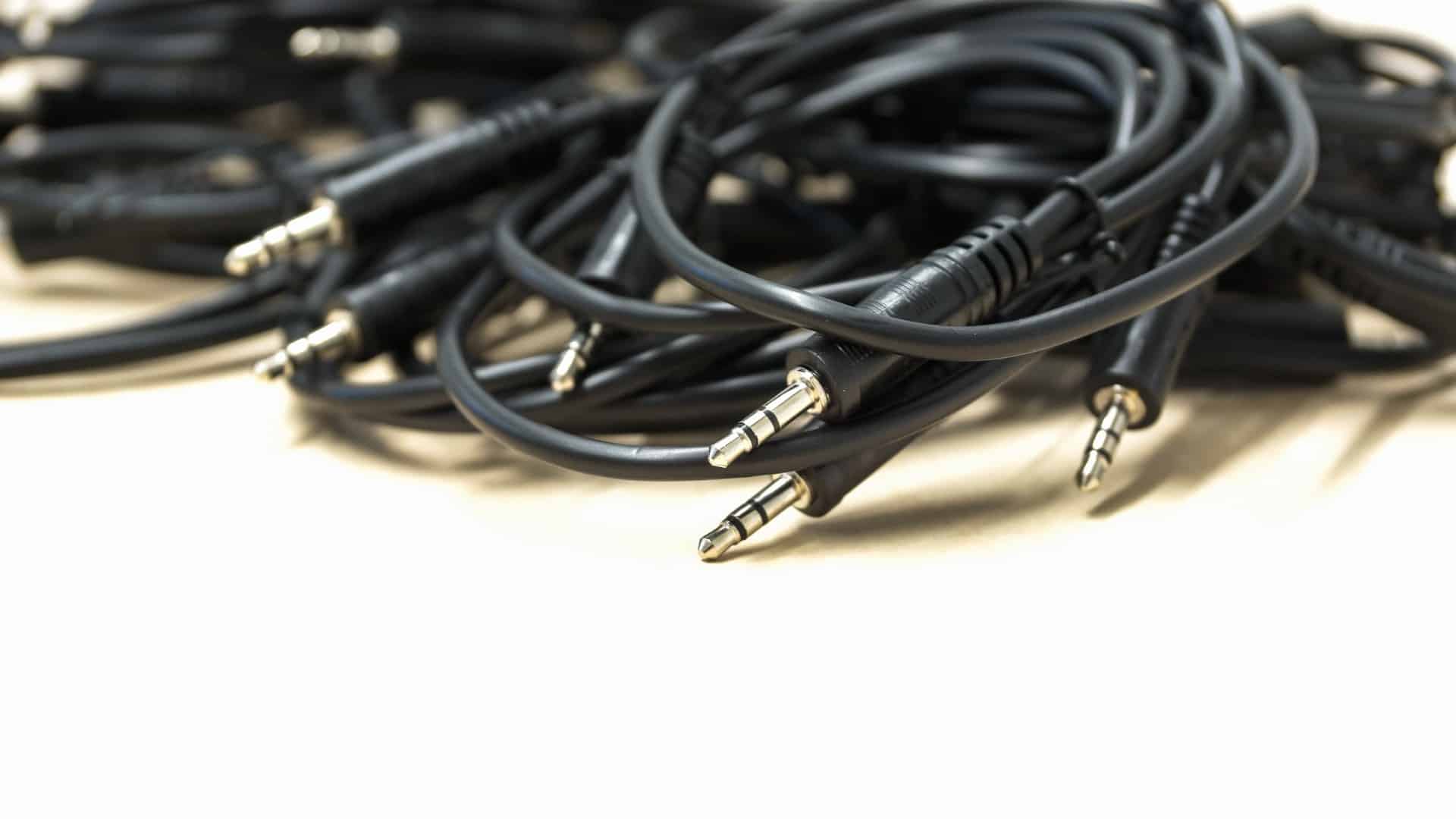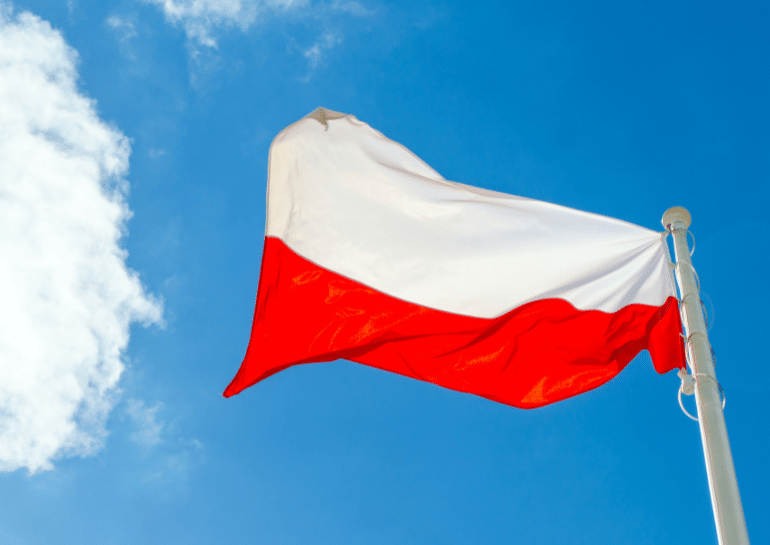Textile EPR in the Netherlands: Understanding obligations and beyond
On 1 July 2023, extended producer responsibility (EPR) for textiles came into force in the Netherlands. With this new framework for textile recycling, significant changes are in store for manufacturers, retailers, and importers. Companies placing finished textile goods, including clothing, within the Dutch market will now assume the role of collecting and recycling textiles through the textile EPR in the Netherlands.
As 2023 sees the introduction of textile EPR in the Netherlands, all relevant entities must be enrolled in an officially recognized Textile EPR system. This system will oversee the adherence of manufacturers, retailers, and importers to their EPR obligations.
Within this article, we delve into the obligations mandated by the Textile EPR in the Netherlands, those impacted by these regulations, and the overarching objectives driving these measures. Our comprehensive guide also outlines avenues of support and assistance for navigating this transition.
Since 1 july 2023, the epr of textiles in the Netherlands has been in effect. The scope extends to manufacturers within the Netherlands, retailers in the region, as well as foreign retailers catering to Dutch consumers. The regulations equally encompass importers introducing textiles to the Dutch market. Compliance calls for registration in an officially recognized Textile EPR system, along with the provision of essential information. Furthermore, impacted companies are tasked with providing collection containers for the deposition of used textiles by consumers.

Decoding textile EPR in the Netherlands
The term “textile EPR netherlands,” is nothing more than an acronym for “extended Producer responsibility for textiles in the netherlands.” This concept establishes the responsibility of manufacturers, retailers, and other market players beyond the point of sale, including the post-lifecycle phase of their products.
While EPR systems are prevalent across various product categories such as packaging, batteries, and electronics, textiles have been a recent inclusion. The arrival of extended producer responsibility for textiles ushers in new territory, involving the textile industry in managing collection, disposal, and recycling.
Impact of the new EPR on importers, retailers, and manufacturers in 2023
In force since July 1, 2023, the scope of the textile EPR in the Netherlands covers all enterprises engaged in the sale of clothing and textile products. Whether catering to commercial or private buyers, a comprehensive range of market actors must embrace compliance with new regulations:
- Netherlands-based textile manufacturers, whose finished products reach Dutch retailers
- Importers introducing clothing and textiles on behalf of Dutch companies, subject to the new Textile EPR laws
- Dutch online retailers, as their textile offerings are accessible to Dutch customers
- Foreign online retailers, operating within the Netherlands, catering to Dutch consumers
Exclusive to the Netherlands from 2023, the EPR for textile primarily affects entities dealing in finished end products like clothing, bed linen, and tablecloths. Raw material suppliers for further processing enjoy exemption. Moreover, second-hand sellers are not subjected to Textile EPR, given their offerings are already in circulation.
Obligations imposed by the textile EPR in the Netherlands
Entities subject to textile EPR must register within an approved EPR system. Foreign retailers targeting the Dutch market cannot directly enroll; they must collaborate with authorized representatives within the Netherlands.
Central to the EPR system is the documentation of textile quantities, likely measured in kilograms, entering the market annually. This extends to recording the recycling and disposal of textiles within the Netherlands. As part of the textile EPR framework, the Dutch government outlines recycling rate targets.
Moreover, a mandate for collection containers to facilitate the disposal of used textiles is in effect. Ensuring consumer convenience, drop-off points for textiles must be readily accessible. Anticipate online retailers to accommodate textile recycling through mail.
Textile EPR: Fortifying the circular economy in the Netherlands
Comparing recycling rates across European nations, the Netherlands shines with an impressive 80 percent recycling rate for packaging waste. While excelling in recycling various products, textiles present room for improvement. This underscores the introduction of textile regulations in 2023.
Anticipating EU regulations, the Dutch government takes proactive measures with textile EPR. The significance of recycling textiles is evident, aligning with the circular economy goals. The Netherlands positions itself at the forefront with the extended producer responsibility for textile.
The newly enacted EPR obligation strives to enhance the circular economy more effectively than existing frameworks. Manufacturers, retailers, and importers play pivotal roles. Choices in materials impact product quality, durability, and resource conservation, making the textile EPR instrumental.
Goals set by the Dutch government, a 50% recycling rate by 2025 and 75% by 2030, underscore the commitment to sustainable textile practices. EPR systems document these advancements in recycling and reduction.
How to stay compliant with the new textile EPR in the Netherlands
Manufacturers, traders and importers would be well advised to seek professional advice and support on the implementation of the EPR for textiles in the Netherlands. The penalties for non-compliance in the Netherlands are currently unknown. But from laws on EPRs for other product groups it can be concluded that sanctions will most likely not be lenient.
Foreign online sellers must work with an authorised representative in the Netherlands to comply with the new EPR. Deutsche Recycling GmbH can help you find an authorised representative and carry out a compliance check to determine to what extent your company complies with the EPR for textiles in the Netherlands or other laws of the other EU countries.





